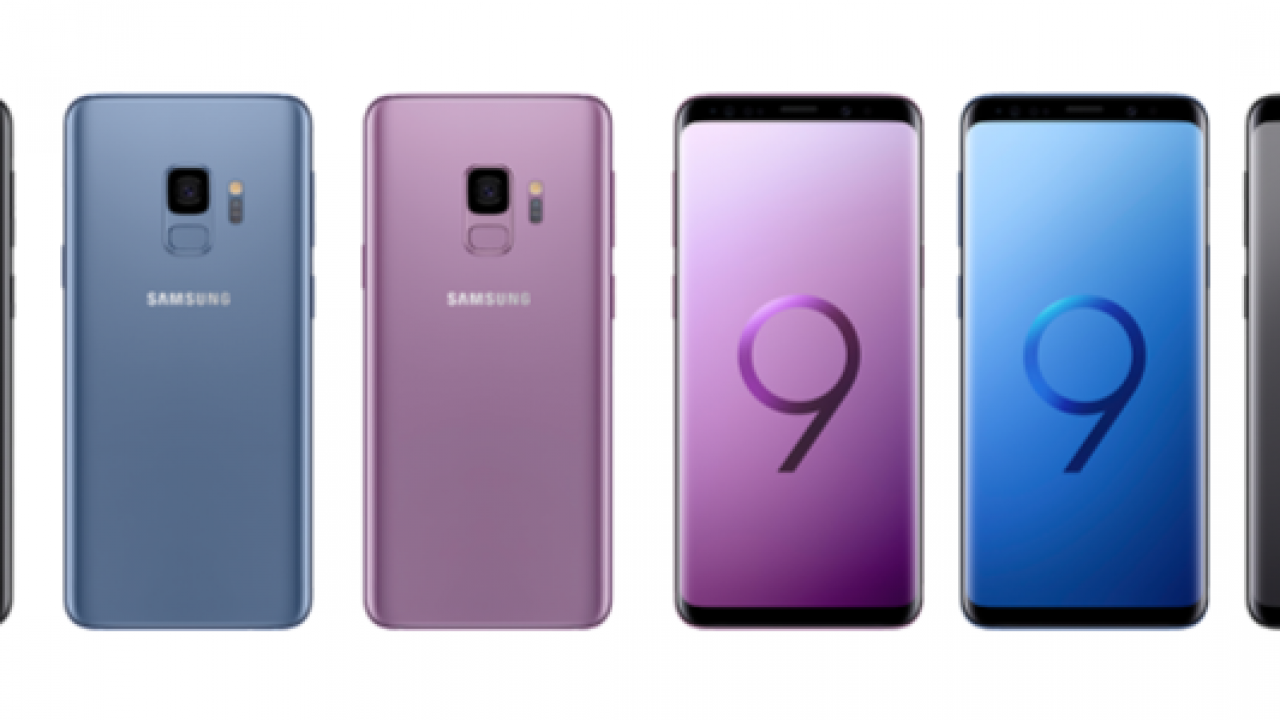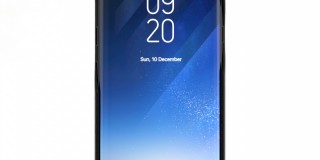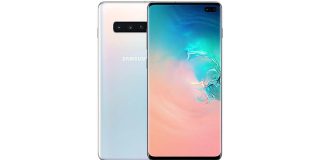Storage Capacity on Samsung Galaxy S9

The brand new Samsung Galaxy S9 is available now, and it ships with 64 GB of onboard storage. That’s good amount to get started with, but for developers, power users and motion photographers, 64 GB could start to feel cramped pretty quickly. Luckily there are some truly massive expansion cards available. Current technology for formatting micro SD cards allows for up to 2 terabytes
of storage space. Thats two thousand gigabytes! To put that into perspective, 2 TB is enough to hold more than 30 hours of 4K video. Even as a rough estimate, that is MASSIVE.
Expandable Storage
Unfortunately, despite the file system technology allowing 2 TB, hardware manufacturers haven’t quite caught up yet. The largest capacity micro SD cards available today around one quarter of that size. The absolute largest is a 512 GB card made by Integral, and Sandisk comes in at a close second with a 400 GB card. Samsung produces a very highly reviewed line of cards as well, but they haven’t quite reached 512 GB capacity. They have publicly announced that they’re actively developing cards with cutting edge capacity, though.
Because of this there’s been speculation that they might be waiting to official unveil the technology until they can include it in a flagship device. Since we didn’t get such a reveal with the S9, it possible that the upcoming Note 9 launch will include a 512 GB model. Interestingly, Galaxy S9 device sold outside of the US have internal storage capacities of 128 and 256 GB. This is at the upper limit of the external cards Samsung has produced. This means that they’re using their most advanced storage technology in at least some devices. It’s also worth noting that the software on S9 devices can only handle micro SD cards up to 400 GB. So the 500 GB card from Integral is out of reach for Galaxy users at this time.
Knowing that Samsung is actively developing cards larger than this limit, it seems likely that the next flagship device, which will be the Note 9, could have more than 500 GB internal storage. At the very least the expandable storage should bump up past 400 GB. The previous iteration of the Galaxy Note shipped with a maximum of 256 GB onboard memory, expandable with an additional 256 GB maximum. At the time of the Note 8’s release, Samsung’s 256 GB EVO micro SD card was the largest available to consumers.
Upgrading Your Storage
If you feel like you need a little extra room you grow on your device, whether it be for more apps, higher quality video or a vacation’s-worth of photos, we’ve got your back. First you’ll need to get your hands on a new card. Check out something like this one on Amazon. We really like the Samsung EVO line of micro SD cards but most users won’t notice much of a difference if you go with another brand.
Swapping micro SD cards is quick and easy, especially if you have a computer with a card reader. Connecting the phone to a computer by USB is still very easy, but it’s a bit slower than using a card reader. If you’re going with the card reader, start by turning off your device. Take out the micro SD card and insert it into the card reader. Connect the card reader to your computer if it’s not already. Create a new folder on your computer called micro SD Copy. Locate the micro SD card in your file explorer and copy the entire contents into the folder you just created. Now just eject the card.
If you don’t have access to a card reader, the process is similar with a few differences. Keep the device turned on and connect it to a computer via USB. If you’ve never done this before you’ll probably have to install some drivers or software on your computer, and possibly change some settings on your device. Whatever the situation, the dialogue boxes should be able to walk you through it. Once you’re connected navigate in your file explorer to the micro SD card on your phone. Be sure you’ve got the external memory card and not the storage on the phone itself. From there the process is the same. Create a new folder on your computer an copy the entire contents of the micro SD card there. Once finished, eject the device, disconnect the USB cable and turn the phone off. Then remove the old micro SD card.
Swapping Cards
You can try to sell your old micro SD card if it’s a bit newer. If not, there are adapters available that allow you to use micro SD cards in SD card slots. Then you can use your old card as extra storage for cameras, gaming devices, or simply as archival storage. If you do try to sell the card, we recommend that you format it first.
Although generally not necessary, formatting a new card is a general best practice. To do this, install the card in your phone and turn it on. In your Settings find the Storage section. On most Samsung devices, you’ll need to go through Device Maintenance > Storage > Overflow Menu. From there select your micro SD card and you’ll see an option to format.
Once you’ve done that, turn off the device, take out the card and put it into your card reader. If you don’t have a card reader you can leave the phone on and connect via USB. Then in your file explorer, find the micro SD Copy folder as well as the micro SD card that’s connected, either with a card reader or through your phone. Again, make sure to note the difference if you’re using USB. The phone’s root directory will be separate from the SD card. Copy the entire contents of the micro SD Copy folder onto the new card. Then eject the device, after which you can delete the copy folder if you wish, or save it as a backup.
Install the new card if you haven’t already and either turn on or reboot the device. You should now have everything back to normal with extra storage space to boot.
















